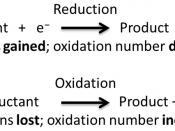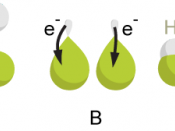1
Exercise 8: DNA & its Interacting Molecules Objectives: -Students will be able to differentiate between positive and negative controls -Students will be able to identify/design positive and negative controls when presented with experimental development scenarios -Students will be able to identify and determine the structure and function of the macromolecules and their subunits -Students will be able to use different reagents to identify the presence of macromolecules in known and unknown solutions. -Students will be able to differentiate between positive and negative test for each of the macromolecules. -Students will be able to compare and contrast the results of each test to identify differences in the intensity of the reactions. -Students will be able to identify and explain whether a reaction is undergoing a dehydration synthesis or hydrolysis reaction. -Students will be able to differentiate between an oxidation reaction and a reduction reaction. _________________________________________________________________________________________________________ BIO-MOLECULES
Biological organisms utilize four major classes of macromolecules: carbohydrates, proteins, lipids and nucleic acids. These organic compounds (i.e., carbon-based molecules) are important for proper cellular functioning and each plays a different role within the cell. Carbohydrates provide the primary source of energy or "fuel" for cells and are used to support cell walls of bacteria, fungi and plants. Proteins function as "building blocks" or structural elements within the cell and aid in the transport of molecules across membranes (i.e. transmembrane proteins). Proteins also regulate cellular activities (enzymes and hormones) and are important components of the immune system (antibodies). Lipids are not only used for "storage" of excess fuel but are an integral part of cell membranes. Finally, nucleic acids (DNA and RNA), the "information center" of the cell, comprise our genes, regulate cell function, and are involved in energy transfer. In addition, both DNA and RNA participate in cellular replication.
Many biological molecules are...


